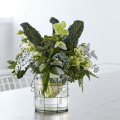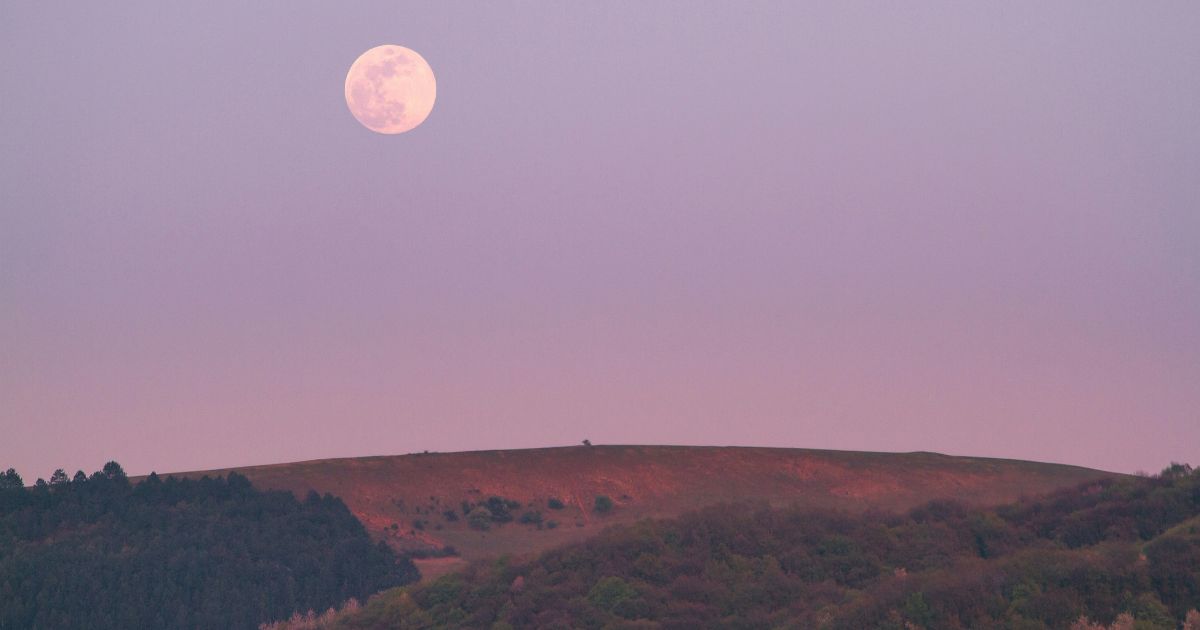We are fortunate to live in a country with such an abundance of water — 20% of the world’s freshwater. But unfortunately, Canadians are taking advantage of that abundance: Did you know that Canadians are some of the highest per capita water users in the world?
Every living organism needs water to survive so if humans pollute and overuse it, this affects everything from how you physically feel to how climate conditions change. Some days it can be incredibly daunting to reduce our environmental footprint, especially when others are not doing their part. But when we break it down into small steps, we realize we have more power than we think.
The good news is that with some simple changes to water use habits and household equipment, we can reduce water consumption in the home by up to 40%. Many of the things we can do are quite common, simple and inexpensive.
Be conscious of water use with these tips
Indoors:
- A running tap can use up to 9 litres of water a minute. Keep a pitcher of water in the fridge to avoid running the tap and wasting water
- Waiting for the water to run hot or get cold? Save the fresh water coming out of the tap by filling up a pot to use for cooking later.
- Clean water is from the tap; take it with you in a reusable container, and avoid buying water in single-use plastic bottles. A single-use bottle of water costs more than 250 times the amount of what comes out of your tap.
- Scrape plates into your compost bin instead of rinsing them under the tap. This also makes cleaning the sink much easier and prevents blockages in the drains.
- Use cooking water from boiling veggies to make soups, stock and gravy. And adding about ½ a cup of salty, starchy water from cooking pasta is a great addition to the sauce, adding flavour and thickening your dish.
- Wear your clothes until they are actually dirty so you can do laundry less. The average washing machine uses 50 litres of water a cycle (up to 70 litres for an older model).
- Turn off the tap while you brush your teeth.
- Typically, showering uses between 20-25% of the water in your home every day. By taking shorter showers, you will take a big step toward changing your habits. Ask yourself if you really need to wash your hair every day.
Outside:
- Water your lawn and garden well but less often. A thorough watering once a week will soak into the ground and train the roots of the plants to grow deeper and find more sources of groundwater.
- When you are planning your garden, choose native species that are more tolerant of the weather conditions and require less water and maintenance. Creating a more drought- and flood-resistant garden is easier than you think.
- At planting time, add organic matter such as compost to enrich the soil and retain moisture.
- When the garden is planted, add a layer of organic mulch 1 to 2 inches thick to reduce water loss by up to 70%.
- Water your plants at the roots, not the leaves.
- Garden hoses and sprinklers can overwater your plants. Much of this water could also be lost through evaporation and runoff.
- Use drip irrigation to water your plants at the roots and prevent evaporation; plus, your plants will have enough water consistently.
- Harvest the rain. Invest in a rain barrel to collect runoff water from downspouts and drains.
- Allow your lawn to grow a little longer than normal to keep moisture at the roots.
- Midday watering in the sun can evaporate, losing up to 30% before it benefits your plants.
- Also, during the driest times, allow your lawn to go brown. It will green up after a few good rain showers.
- With small steps, we can make a big difference to ensure our planet stays healthy and habitable.
To make sustainable living more accessible, we’ve created planet-friendly activities to help us all live greener and happier.

Jennifer Reynolds, our previous Editor-in-Chief, is a long-time authority in gardening, do-it-yourself projects, urban sustainability, parenting, placemaking and community matters. Her features and columns have been published in Canadian Living, Canadian Family, Gardening Life, House & Home, Globe & Mail, National Post, Toronto Star & more. Plus, her designs and expertise have been featured on dozens of HGTV, W Network and CTV shows.











